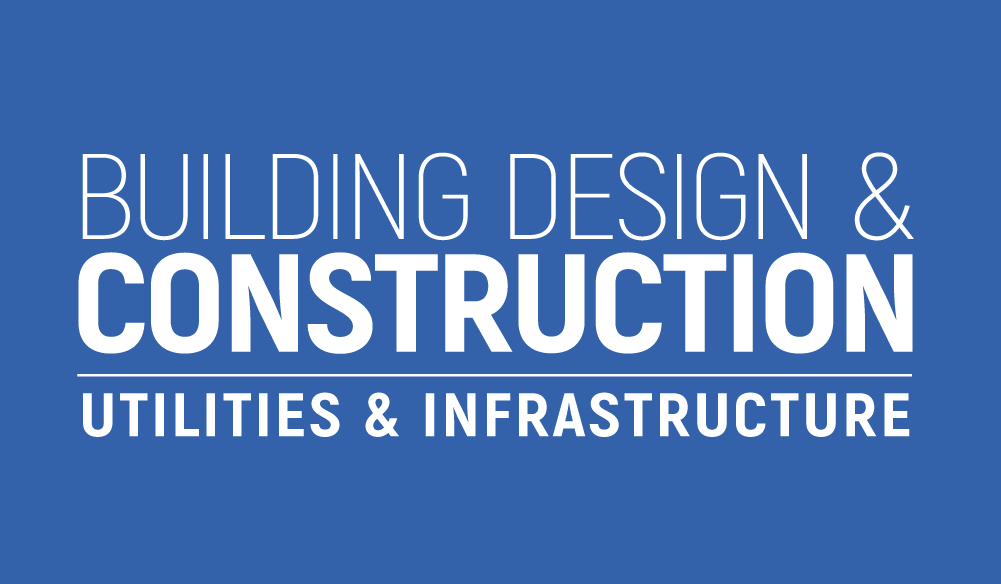The decision to build a pipeline is usually based on the necessity of transport over a long distance. Most likely, a type of liquid or gas will be transported. Examples can be oil, natural gas, water or even steam. The purpose can be commercial or private. The raw material and the distance are relevant for the choice of the right material. Choosing the right material is critical to the success of the construction. Fortunately, there are websites available online to help with this task. They offer a huge variety of different materials and shapes.
The different stages
As already mentioned, pipelines are built for transport and resemble an assembly line. Often pipeline construction projects are consistent with manageable segments, the so-called “spreads”. Each segment then becomes a specific part of the finished pipeline.
Firstly, it is common practice to carry out a pre-construction inventory that allows the localisation of supply lines, etc. At this stage, the centre line and the outer boundaries of the pipeline are also defined.
Secondly, some grubbing-up and planning must be carried out in order to install temporary erosion control measures.
The topsoil will then be removed by continuing the excavation of the pipe trench. After much of the soil has been excavated, individual pipe connections are placed near the trench before the tube bending machine is used to create the desired pipe shapes for adaptation to the pipeline. At this stage, once the tubes have been aligned, it is time to weld them together. The pipeline must be inspected thoroughly at this stage to ensure that the entire length of the pipeline is not leaking.
The pipeline is then covered again with soil and after a test run the pipeline should be ready to be put in operation. As always, protective measures are required from an ecological point of view.
The example of steel pipes
One type of pipe that might be used when constructing a pipeline is steel pipes. Steel is a durable and sturdy material and steel pipes in particular are customisable,rendering them useful for a variety of applications. Steel pipes come in different shapes, lengths and thicknesses and are truly a unique material which may be used for many purposes.
Keep an eye on the market
When constructing a pipeline, a reliable and cost-effective material is essential. The search for the right material therefore requires some considerations. It is a good start to find out about the shapes and materials on the market. However, in order to find the best possible solution, expert opinions may be required, so it is advisable to consult experts before building a pipeline.





